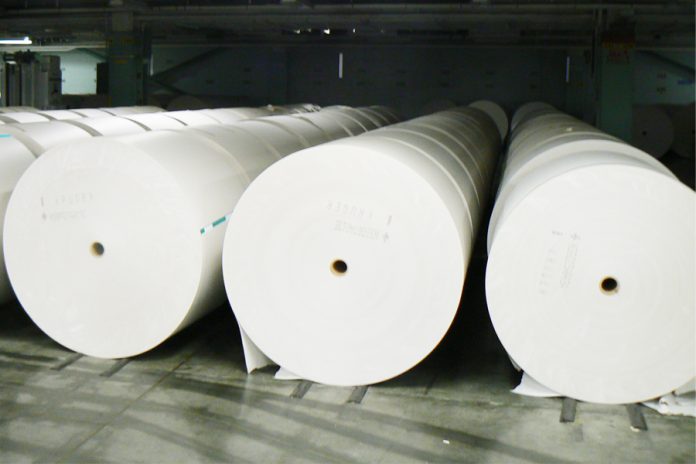The year 2017 was a record year for the import of pulp used for papermaking in Asia. China has led this growth over the past ten years and if its consumption growth for lumber and pulp were to continue, it would consume the entire world’s forest products in a few years, according to industry commentators. Although Chinese president Xi Jinping has tempered the unlimited growth of the country’s construction industry, its paper industry continues to demand pulp as do Japan and India.
Pulp prices have hardened recently with major pulp producers shutting down for annual maintenance simultaneously with China banning the import of and use of ‘mixed paper’ or paper waste. Hardwood pulp prices have hardened and hit a 7-year high in the US$ 770 per ton range while softwood pulp is in the US$ 660 per ton range. This represents an increase of more than US$ 240 a ton in the last six months.
India, which suffers from a huge fiber shortage, still produces some pulp from bamboo, eucalyptus and other types of trees, which is suitable when used together with waste paper for manufacturing writing and graphic papers. With the import customs duty at nil since May 2012, the industry currently imports about 1.25 million tons of pulp for paper making.
This is in addition to considerable (more than 3 million tons) newsprint, paper and paper board used for high quality packaging imported at various customs rates. Leading industry associations such as Assocham have argued for the imposition of a 10% customs duty on pulp which would, according to it, encourage the forestry farming industry in the country as well as the paper industry. Assocham estimates the shortfall of domestic pulp could be met with harvesting approximately 160 million trees annually.
Undoubtedly, the currently high price of pulp imports will impact the manufacture of the buoyant writing, printing paper and paperboards. It will especially put further price pressure on the carton market, which uses imported pulp to produce high quality paperboards that are made from imported virgin pulp. Together with increases in fuel costs and chemicals, printers, publishers, print buyers and packaging converters should be prepared for another round of paper price increases in next few months.











